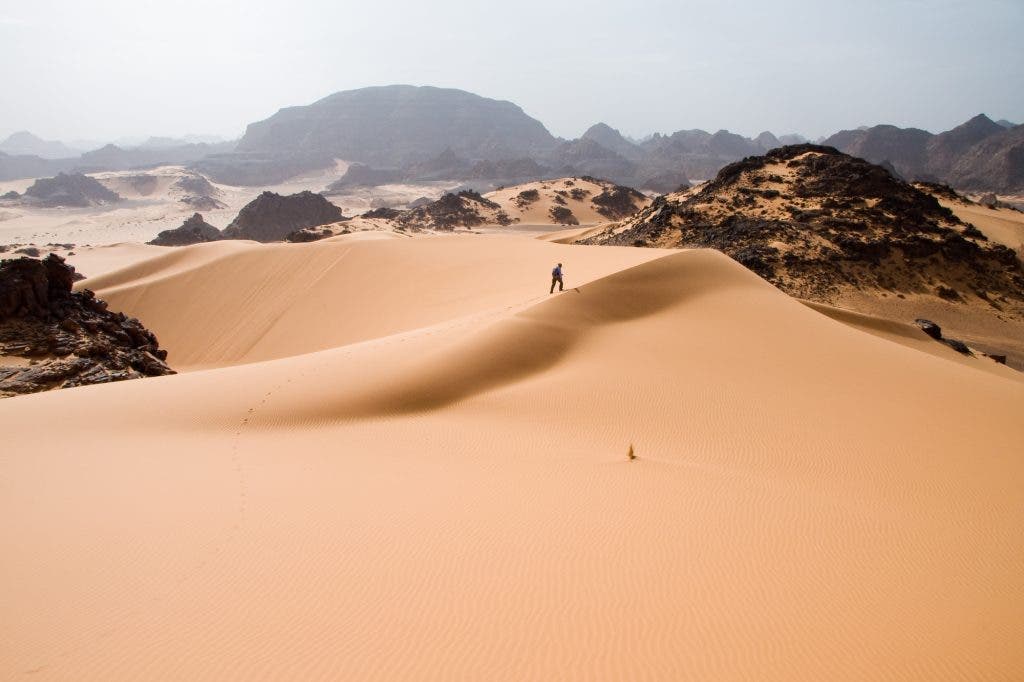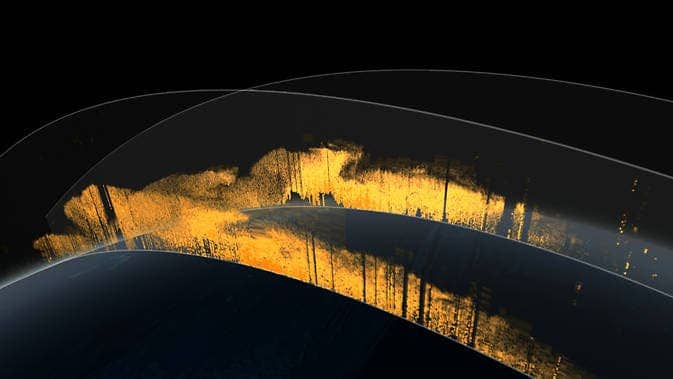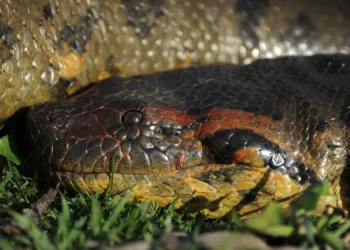The Sahara Desert and the Amazon area have few things in common – one is a dry, barren wasteland, while the other is the most fertile area on Earth. But according to a new NASA study, there may be more than meets the eye when it comes to the two – dust from the Saharan area makes the trans-Atlantic journey, fertilizing the Amazonian rainforest with phosphorus.

Sahara is basically an uninterrupted brown band of sand stretching across the entire northern Africa. The Amazon rainforest covers 5,500,000 square kilometres of rainforest in South America, representing over half of the planet’s remaining rainforests, and comprising the largest and most biodiverse environment in the world. But strong winds connect the two areas – the winds sweep across the Sahara, rising dust particles in the air and bringing them all the way to the Amazon, where they help make the area even more fertile with the embedded phosphorous.
A new paper published in Geophysical Research Letters, a journal of the American Geophysical Union, provides the first description of how this happens. Hongbin Yu, associate research scientist at the Earth System Science Interdisciplinary Center (ESSIC) at the University of Maryland and his team estimated how this phosphorous affects the rainforest. In January, he and his team already published a paper which used satellite data to see how much sand reaches the Amazon. Using data collected by a lidar instrument on NASA’s Cloud-Aerosol Lidar and Infrared Pathfinder Satellite Observation (CALIPSO) satellite from 2007 through 2013, the team estimates that roughly 22,000 tons of phosphorus make the trans-Atlantic journey each year – that’s very similar to the quantity of phosphorous lost through flooding and water runoff.
This is very important because nutrients, like the ones found in commercial fertilizers, come in short supply in the Amazon – because they are locked in the plants themselves. While decomposing leaves for example do provide nutrients to the soil, phosphorous is generally washed away by rainfall into streams and rivers. In a way, the Amazon basin acts like a “giant leaky bathtub”.
This is where the dust steps in, to compensate that deficit – and it also has an impact on the climate.
“We know that dust is very important in many ways. It is an essential component of the Earth system. Dust will affect climate and, at the same time, climate change will affect dust,” said Yu in a recent statement.

Image Credit: NASA Goddard’s Scientific Visualization Studio
The data showed that wind and weather pick up on average 182 million tons of dust each year and carry it past the western edge of the Sahara – that’s the equivalent of almost 700,000 trucks filled with sand. 132 million tons remain in the air, while 27.7 million tons (the equivalent of over 100,000 trucks) reach the Amazon. Most of that is phosphorous. What’s interesting is that 43 million tons of dust travel farther to settle out over the Caribbean Sea, in Central America.
Researchers underline the fact that this dust might have a huge impact on the climate and nutrient cycle of many areas, due to the huge quantities involved. However, we can’t establish long term trends based on only this seven year observation, so we need to pay more attention to this cycle, over a longer period of time.
“We need a record of measurements to understand whether or not there is a fairly robust, fairly consistent pattern to this aerosol transport,” he said.
Even within this period, there was significant variation – there was an 86 percent change between the highest amount of dust transported in 2007 and the lowest in 2011, Yu said. It’s not clear why this happens, nor is it clear what impact the dust has on a larger scale, in terms of affecting the climate. But knowing that the Amazonian forest and the Caribbean is affected by something as remote as the Sahara desert is definitely exciting.
“This is a small world,” Yu said, “and we’re all connected together.”






